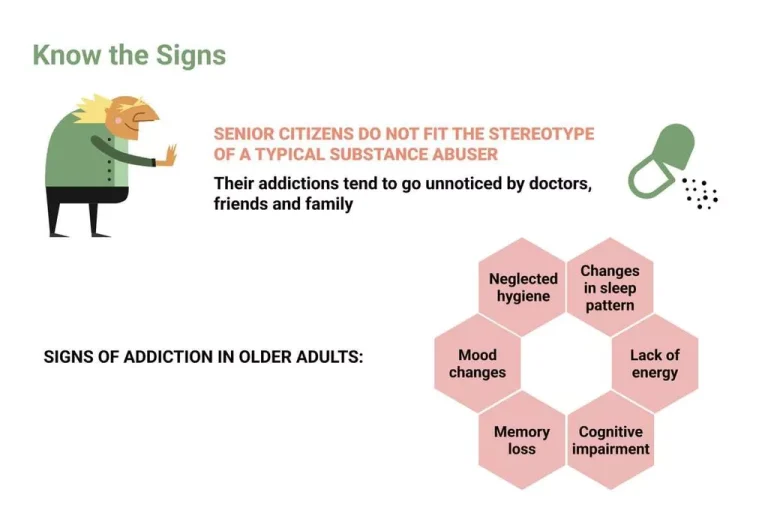
Weiner analyzes attributions of responsibility as stemming from information about degrees of control and its internal or external locus. People acquire new information through social learning (Sect. 4.2) that encourages cognitive dissonance theory them to help (Berkowitz, Rushton, Staub) or to aggress (Bandura). As people learn by doing, they are socially influenced by self-consistency and commitment, according to another of Cialdini’s compliance principles.
Related Articles Expand or collapse the “related articles” sectionabout
- Ever wondered why we often make choices that leave us scratching our heads?
- In what is now known as the induced compliance effect, Festinger and Carlsmith (1959) asked individuals to perform 30 minutes of a mind-numbingly tedious activity, and then to persuade a waiting participant that the activity was in fact quite interesting.
- People’s core social motive to hold a coherent, socially shared understanding has inspired theories that account for various social cognitive processes.
- There are also individual differences in whether or not people act as this theory predicts.
- This treatment made it possible for scholars to understand the psychological process as a whole.
Simply being more aware of how your thoughts and actions fit together can help you better understand what’s important to you, even if you don’t eliminate the dissonance. It can become problematic if it leads you to justify or rationalize behaviors that could be harmful. Or you may get caught up in trying to rationalize the dissonance to the point of stressing yourself out. It’s hard at first, but instead of feeling guilty when you see the gym keychain, you feel proud of yourself. You tell yourself it’s OK since you’re taking care of your health in other ways.

Newsmagazines

According to this self-standards model, contextual variables determine the comparison standard, and it is this standard that determines which dissonance process is most likely to be operative. A review of cognitive dissonance theory at the organisation level was also conducted to integrate the relevant knowledge that was published from 2000 to 2016 (Hinojosa et al., 2017). The review revealed that most of the related studies focused on a specific stage rather than the whole process of cognitive dissonance, with the least coverage on the motivation phase.
Forced compliance in decision-making
He might ease this feeling by telling himself that the health warning is exaggerated or, more productively, by deciding to take action to change his behavior. If a woman reads that her favorite politician has done something immoral, she could conclude that the charges have been invented by his enemies—or, instead, rethink her support. When someone tells a lie and feels uncomfortable about it because he fundamentally sees himself as an honest person, he may be experiencing cognitive dissonance.
- Most prominently, Festinger’scognitive dissonance theory holds that people seek consistency among the cognitions relevant to their attitudes, including their cognitions about their own behavior.
- Cognitive dissonance isn’t limited to customers; it can also impact employees.
Science-Based Ways To Apply Positive CBT
From a self-perception position, the person simply “looks back” and sees that he or she decided to do the campaigning without much pressure. Hence, the person may conclude that he or she “must really like the candidate.” Each of these conceptions may be viable in various arenas when people take actions that are counter attitudinal in nature. https://ecosoberhouse.com/ is a psychological theory that explains how individuals experience a psychological tension when their behavior contradicts their thoughts and beliefs. This theory suggests that this tension motivates individuals to change their attitudes in order to achieve consistency between their thoughts and behaviors. Cognitive dissonance theory, proposed by Festinger, focuses on the discomfort felt when holding conflicting beliefs or attitudes, leading individuals to seek consistency. The origin of music resolving cognitive dissonances disappears from scientific sight at the dawn of human culture.
How we reviewed this article:

Dissociating meat from its animal origins: A systematic literature review
- Effective communication can help reduce the dissonance that arises from brand-related conflicts.
- Although familiar information tends to reproduce itself, new information has an impact, according to many theories.
- When someone is forced to do (publicly) something they (privately) really don’t want to do, dissonance is created between their cognition (I didn’t want to do this) and their behavior (I did it).
- Others hand out programs that include net nannies so that members will be blocked from critical sites.
- Experiencing cognitive dissonance can lead people to try to reduce their feelings of discomfort —sometimes in surprising or unexpected ways.
- We feel obligated to live up to prior commitments in order to preserve that feeling of consistency in our own behavior.

